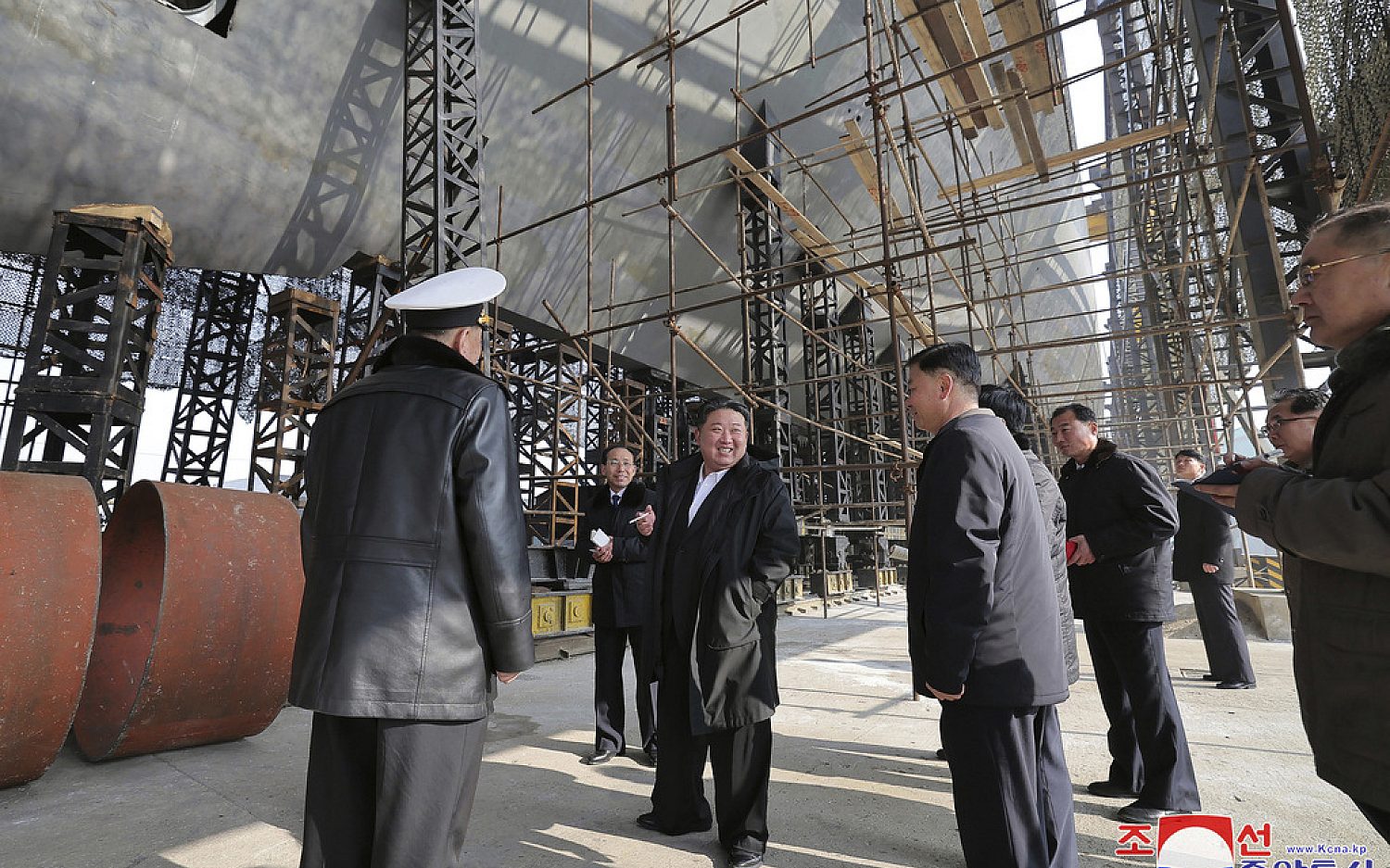Multiple earthquakes are rattling Santorini, a volcanic island in Greece. The temblors prompted officials to dispatch rescuers with tents, a sniffer dog, and drones. They’ve also canceled school on four Greek islands. Now experts hope to figure out whether the events are leading up to a large quake.
Greece lies in a part of the world prone to ground vibrations. Earthquakes are frequent. Most cause no injuries and little or no damage. But the country has also seen deadly quakes.
Greece’s largest quake in the last century occurred nearby. The 7.7-magnitude temblor dubbed the Amorgos earthquake struck in 1956. It triggered a roughly 65-foot tsunami. More than 50 people died.
Santorini island’s crescent shape came from a massive ancient eruption. In the center of the Santorini island group is a caldera, a round hollow. The caldera was formed by a collapsed volcano. Other islands partly fill in the circle.
Today, Santorini is one of Greece’s most popular tourist spots. Millions of visitors each year come to see the island’s gorgeous whitewashed houses and blue-domed churches clinging to the caldera rim.
Last week, Greece’s Climate Crisis and Civil Protection Ministry made an announcement. Sensors had picked up “mild seismic-volcanic activity” inside the caldera. Similar activity in 2011 lasted for 14 months and ended without any damages.
Since Saturday, scientists have registered hundreds of minor earthquakes. These have occurred between the islands of Santorini and Amorgos. The quakes’ epicenters have been beneath the seabed. Scientists call that good news. Quakes centered beneath land are often more destructive.
Experts are still trying to determine whether the multiple tremors are foreshocks—smaller earthquakes before a large temblor—or whether they are part of an earthquake swarm of smaller quakes that could continue for weeks or months.
Officials warned people to avoid indoor gatherings, check escape routes, and stay away from cliffs. Residents and hotels must drain swimming pools because water movement in a major quake could weaken buildings.
Although still an active volcano, Santorini volcano’s last large eruption occurred in 1950. However, it is also the site of one of the largest volcanic eruptions in human history. Known as the Minoan eruption, it occurred around 1600 B.C. That quake destroyed much of the island—and may have led to the decline of the ancient Minoan civilization.
Most experts don’t expect the current earthquakes to trigger a volcanic eruption.
But seismologist Gerasimos Papadopoulos says the “possibility is open” that the quakes, which began on January 24 and intensified Saturday, could be followed by a larger temblor.
So far, there has been no major damage and no injuries, although some minor rock slides have occurred.
Pray for safety for those who live on and around Santorini.

















